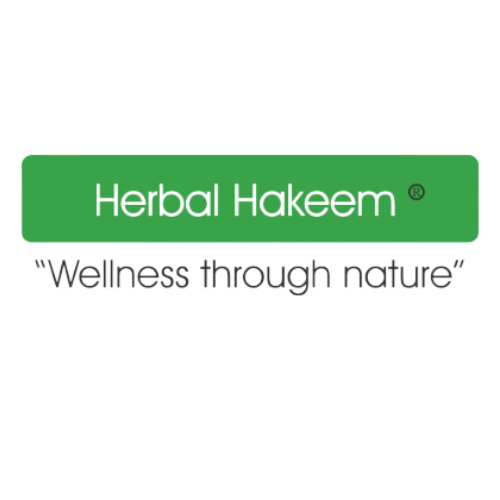Fuller’s earth is a clay-like substance that’s mostly composed of aluminium magnesium silicate. This name comes from its use to remove dirt and oil from wool. A wool refinery worker called a “fuller” would apply it to the wool.
It’s also called Multani mitti, or “mud from Multan,” which comes from the history of mineral-rich clay in that city in Pakistan.
Fuller’s earth uses
Fuller’s earth has had a number of uses over the years, including:
- cosmetics and skincare
- decontamination of clothing and equipment used by servicemen and emergency personnel
- special effects in films
- gut absorbent used to treat poisoning by herbicides and other toxins
- The industrial cleaner used to clean marble and absorb gasoline and oil spills
- ingredient in commercial cat litter
- skin decontaminant used by the military to treat exposure to chemical warfare
Fuller’s earth can be found in skincare products, such as facial clays and masks used to fight wrinkles and treat acne. It’s also used in cosmetics to bind other ingredients, to keep other powders from caking together, to provide gentle exfoliating properties, or to otherwise stabilize products.
Fuller’s earth and your skin
Fuller’s earth is known for its ability to absorb oil and other impurities, which can make it an effective skin cleanser for people with oily skin or clogged pores. It’s also said to improve skin tone and complexion and soften the skin.
During World War II, fuller’s earth was mixed with water and applied to feet to reduce inflammation.
Fuller’s earth is also believed to have a skin-lightening effect, which makes it a popular ingredient in creams that are marketed to reduce the appearance of dark spots. There is no scientific evidence available to back this claim.
A number of beauty products containing fuller’s earth are available, including:
- skincare products, such as facial masks, creams, and cleansers
- hair care products, including shampoos and conditioners, dry shampoo, and hair and scalp treatments
- bath products, including soaps and shower gels
- makeup, such as foundation, powder, and concealer
Despite some of the soils’ industrial uses, fuller’s earth is generally considered safe.
Fuller’s earth safety and risks
There are a number of different clay soils that are considered “fuller’s earth,” each with different compositions. All of the 17 ingredients in these clays are generally considered safe as personal care products and cosmetics.
Like with any powder, fuller’s earth can cause throat irritation if inhaled. It may also cause eye irritation if it gets in the eyes. It may also cause minor skin irritation in some people.
In large concentrations or prolonged or repeated exposure, fuller’s earth may cause serious skin and eye irritation and lung damage.
Always use fuller’s earth as directed on the package. If you’re using fuller’s earth on your skin, testing it to see if you have an allergic reaction is a good idea.
To do a patch test, rub a small amount on your forearm and watch for any allergic reactions over 24 hours. If your skin doesn’t respond negatively, you can then try it on your face.
Fuller’s earth vs bentonite clay
Fuller’s earth and bentonite clay are actually very similar and contain many of the same components, such as various types of silicates. Fuller’s earth can also contain bentonite, which is formed from aged volcanic ashes.
Both fuller’s earth and bentonite clay are highly absorbent and offer similar skin benefits. They’re both found in a number of skincare and personal care products and are used to cleanse and absorb oil, dirt, and other impurities from the skin and hair.
Both have also been shown to have anti-inflammatory properties. Bentonite clay, also called shampoo clay, was found to be effective in treating diaper rash, according to a small 2014 study
Both types of clay can be used to cleanse skin and hair and improve your complexion.
Getting and using fuller’s earth
Fuller’s earth can be found in a wide range of commercially made products for the skin and hair that are available for purchase online or in stores. You can also purchase fuller’s earth in powder form online and in health stores.
Ways to mix fuller’s earth for beauty treatments
The powder can be mixed with water to create a paste for use on your face and body.
It can also be combined with other ingredients to create your own facial clays, masks, or creams.
Some popular ingredients that people use with fuller’s earth include:
- almond milk
- rose water
- coconut water
- honey
Other options
Fuller’s earth is considered safe for skin when used as directed, but there are other products and home remedies for oily skin available if you’re looking for alternatives.
As a skin lightening agent, you may want to look at other options. Though there are claims that it can be used as a skin lightener, the information available on fuller’s earth for this use is anecdotal. There is no scientific evidence available on its efficacy as a skin lightener.
If you are considering fuller’s earth for sunspots and discoloured skin patches, there are proven medical treatments that get rid of dark spots on the face or body such as hydroquinone. There are also a number of home remedies available to treat skin hyperpigmentation naturally.
The bottom line
Fuller’s earth is a safe and relatively inexpensive way to cleanse your skin and improve your skin’s appearance, especially if you have oily skin. It may also help improve acne and provide a solution for oily hair.
It is commercially available online and in stores, either on its own in powder form or already in skin and hair products.
Using fuller’s earth to create your own clay or facial masks can offer an alternative to masks that contain harsh chemicals and synthetic ingredients.

